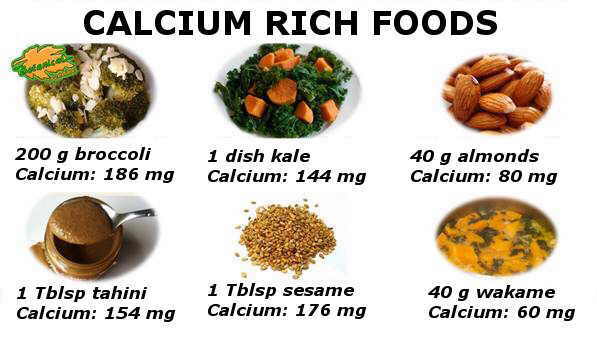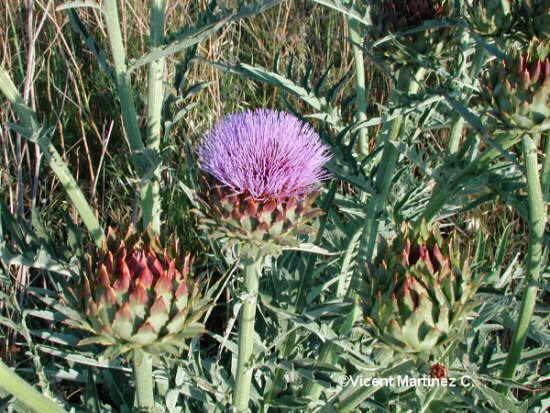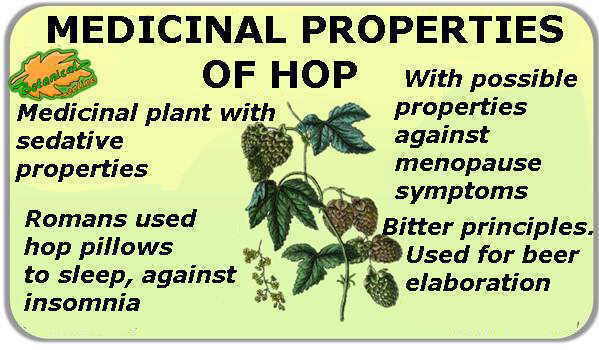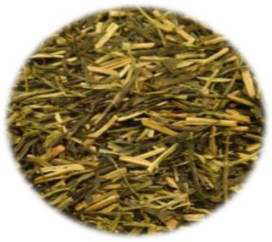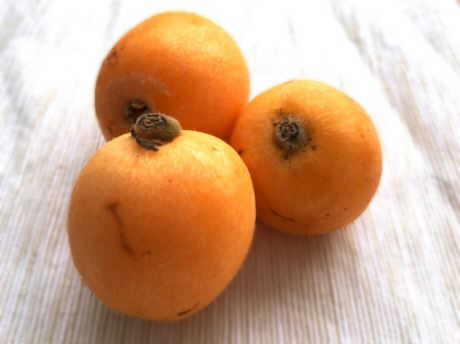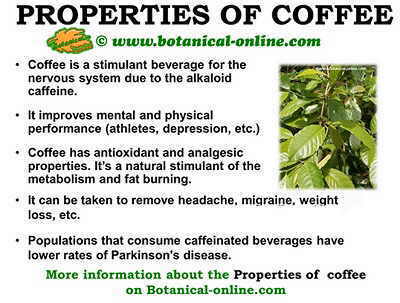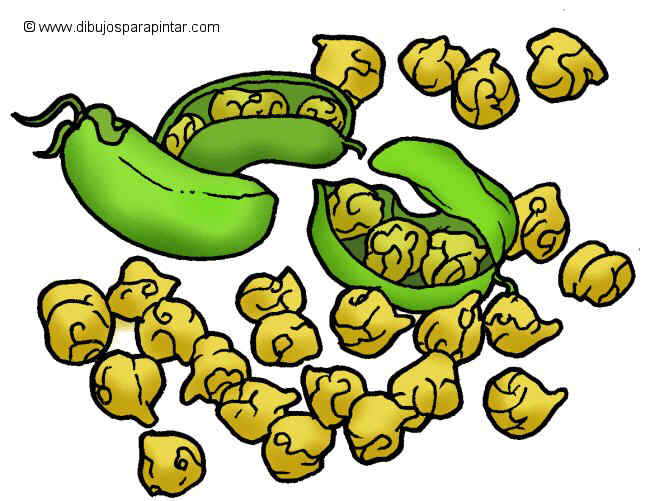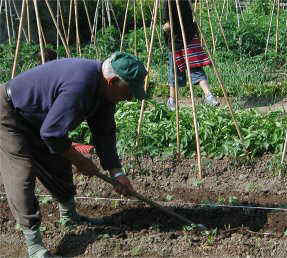Contents
- 1 LIST OF FOOD CONTAINING LOT OF CALCIUM
- 1.1 CALCIUM IN FOOD
- 1.2 What are the best foods rich in calcium?
- 1.3 How to make a diet rich in calcium
- 1.4 Bioavailability of calcium in vegetables
- 1.5 Calcium from de cabbage family
- 1.6 Calcium in nuts, seeds and algae
- 1.7 VEGETABLE FOODS WITH MORE CALCIUM
- 1.8 How is calcium absorbed
- 1.9 Table of calcium absorption from food
- 1.10 Can you get enough calcium just from vegetables?
- 1.11 Calcium in milk
- 1.12 Factors that increase or decrease calcium absorption
LIST OF FOOD CONTAINING LOT OF CALCIUM
CALCIUM IN FOOD
What are the best foods rich in calcium?
Calcium is a mineral found in many foods, both plant and animal.
It is not recommended that all dietary calcium comes only from dairy or calcium-enriched vegetable drinks because they stop consuming other very nutritious foods that also provide interesting nutrients for the bones.
A diet rich in calcium should be framed within a balanced diet. Excess of animal protein, salt, sugar or fizzy drinks increase calcium removal and can reduce bone density over time.
How to make a diet rich in calcium
To make a diet rich in calcium should not be used as an exclusive source of this mineral (or vegetable drinks, or supplements with calcium).
The best way to get calcium is by combining in a balanced diet foods rich in this component, including calcium-rich plant foods:
- Legumes
- Vegetables
- Nuts and seeds
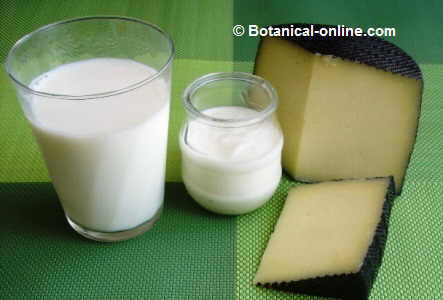
Dairy (milk, cheese, yogurt) are rich in calcium, but other foods such as algae contain much more calcium.
Bioavailability of calcium in vegetables
The absorption of calcium is different in each food according to different factors.
In vegetables, the presence of oxalates and phytates reduces the absorption of calcium, because these components sequester calcium, forming complexes in the intestine that are not assimilable.
Therefore, foods rich in oxalates such as spinach or Swiss chard are low in bioavailable calcium.
Calcium from de cabbage family
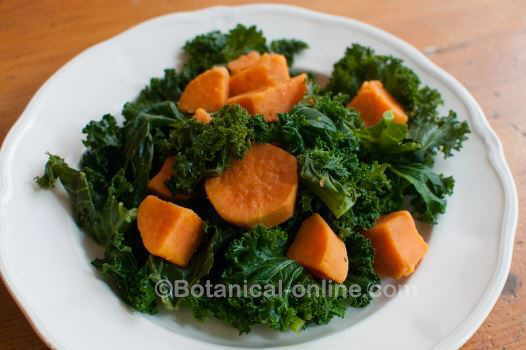
Photo of kale with boiled sweet potatoes. Cabbage, broccoli and cauliflower are vegetables rich in calcium that should not be lacking in the diet for osteoporosis.
On the other hand, the calcium obtained from the vegetables in the cabbage family is highly assimilable, due to the absence of oxalates in these vegetables, and possibly the presence of components that increase the bioavailability of the calcium they contain.
A generous serving of these vegetables brings a lot of calcium, such as a bowl of cabbage, broccoli or cauliflower.
Calcium in nuts, seeds and algae
Nuts, seeds and algae are also foods with high mineral density, such as potassium, calcium, magnesium and trace elements such as boron, perfect to introduce in food to increase the contribution of these minerals.
In general all are very rich in calcium, but especially sesame seeds and tahini (sesame paste), which are some of the foods rich in calcium. In the case of vegetables containing little calcium (which are most, such as lettuce, tomatoes, spinach, artichokes,…), we can add more calcium by seasoning them with a vinaigrette with tahini, or with almonds rolled over.
It is also worth mentioning that vegetables are an excellent source of vitamin K, potassium and magnesium, other important components in the metabolism of calcium and maintenance of good bones. Plant fiber in normal amounts does not appear to significantly reduce calcium absorption.
One of the plant foods with a very high content of calcium are algae. Wakame and hiziki algae contain about 1,400mg of calcium per 100g., A much higher quantity than milk (120mg per 100g). Not all algae are as rich in calcium as these, but in general, all have a high content in this mineral.
VEGETABLE FOODS WITH MORE CALCIUM
Some examples of plant foods rich in calcium. Prepared by © Botanical-online. Click on the image to go to “Calcium and Vegetarian Diet”
How is calcium absorbed
Scientific studies have shown that calcium is absorbed differently depending on food we eat. The percentage of absorption of calcium from dairy is 30%, while that of broccoli and cauliflower is 60%.
In other words, 1 plate of broccoli (240g) is a better source of calcium than half a glass of milk, because it contains almost the same amount of calcium, and the one found in broccoli is more absorbed.
Table of calcium absorption from food
Below there is a table with the percentage of absorption of calcium from food. The group of cruciferous vegetables ( kale, broccoli, cauliflower, etc.) is the one with the highest percentage of calcium absorption (up to 70%), a reason why these vegetables can not be lacking in the diet.
Dairy and tofu have a high calcium absorption (30%). Legumes have a reduced bioavailability (20%) because of their anti-nutrient content, such as protease inhibitors, which reduce the bioavailability of their proteins and minerals.
As mentioned above, spinach and chard are rich in calcium but this is not assimilable due to the presence of oxalates.
| Food (ration) | Calcium content (Mg) | Calcium Absorption in percentage (%) |
| VERY HIGH CALCIUM ABSORPTION (40-70%) | ||
| Cauliflower (62 g) | 17 | 70 |
| Broccoli (71 g) | 35 | 61 |
| Bok choy (85 g) | 79 | 54 |
| Kale (85 g) | 61 | 49 |
| HIGH CALCIUM ABSORPTION (30-40%) | ||
| Milk ( 240g) | 300 | 32 |
| Cheddar cheese(42 g) | 303 | 32 |
| Yogurt ( 240 g) | 300 | 32 |
| Tofu (Calcium chloride added as quencher) (126 g) | 258 | 31 |
| MEDIUM CALCIUM ABSORPTION (10-20%) | ||
| Black beans (110 g) | 113 | 22 |
| Sesame seeds (28 g) | 37 | 21 |
| Almonds ( 28 g) | 80 | 21 |
| VERY LOW CALCIUM ABSORPTION | ||
| Spinach (85 g) | 115 | 5 |
Can you get enough calcium just from vegetables?
In the table above it has been shown that many plant foods are very rich in calcium, however, most vegetables, grains and fruits are low in calcium, so a diet based on these products may be deficient in this mineral.
In vegetarian or non-dairy diets it may be advisable to use supplements of calcium or fortified products in this mineral (vegetable drinks with calcium), especially when the needs increase (from children up to 25 years old, menopause and old age ). It is best to consult with a dietitian who specializes in vegetarianism.
Calcium in milk
Milk and dairy products (cheese and yogurt) are the most recognized sources of this mineral in the West. It is a food that has been part of the food of many peoples for centuries, hence its importance in nutrition.
The calcium absorption of the dairy is high, close to 30% and only surpassed by the cruciferous vegetables. It has sometimes been reported that lactose increases the absorption of calcium, although there are currently discrepancies regarding this subject.
It is important to emphasize that many industrial products made from milk are not considered healthy dairy products because of their high sugar or fat content, so they should be consumed occasionally, not usually as a source of calcium (chocolates, sweetened yogurts,.).
* More information: Calcium in milk
Factors that increase or decrease calcium absorption
Dietary or non-dietary factors that increase or decrease calcium absorption, such as: excessive consumption of salt, sugar, soft drinks, smoking, sedentary lifestyle, lack of sun exposure, chronic stress,…
* Related information:
![]() More information on calcium
More information on calcium
| MINERALS | MACROELEMENTS | MICROELEMENTS |
| Calcium, chlorine, phosphorus, magnesium, sodium, potassium | Copper, chromium, fluorine, iron, manganese, molybdenum, selenium, iodine, zinc. |

